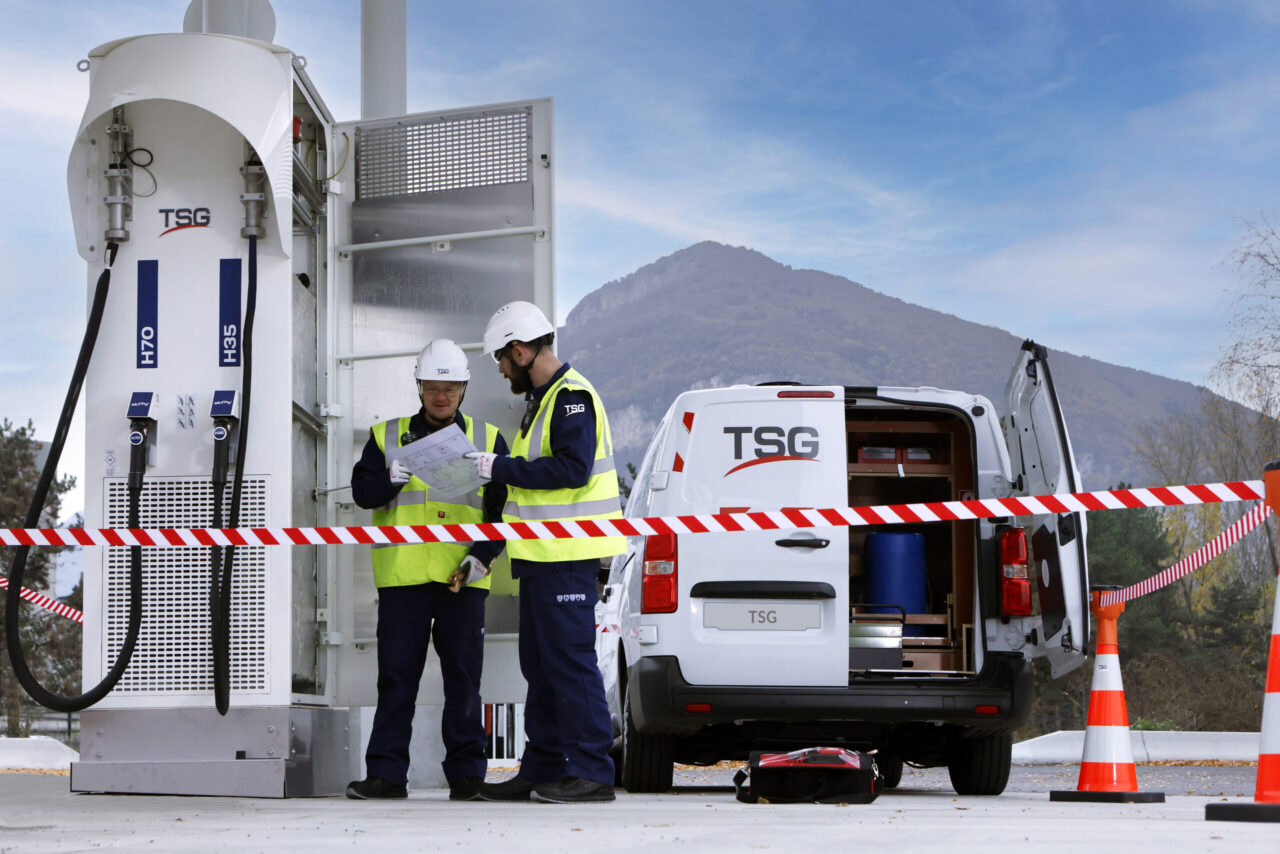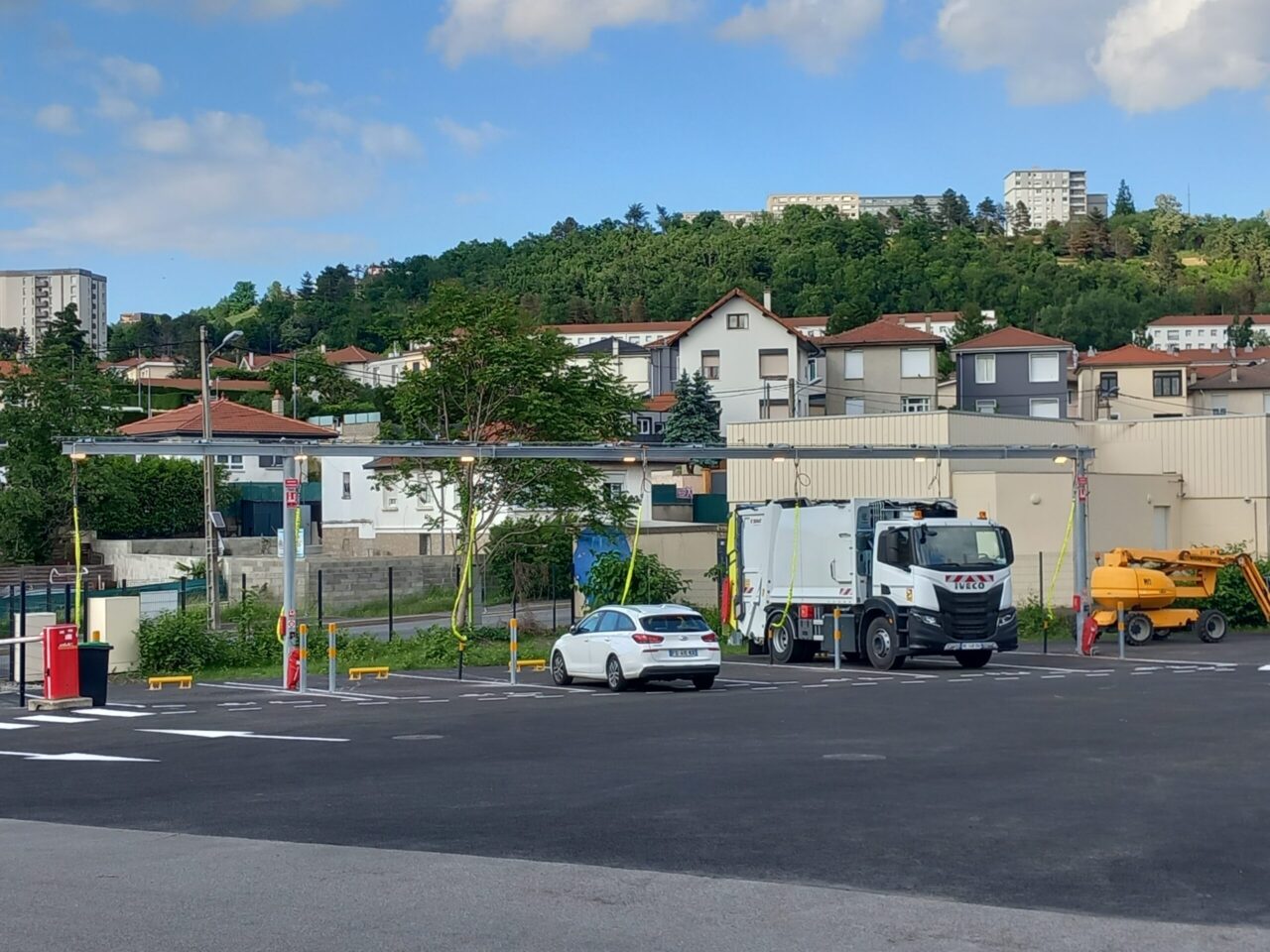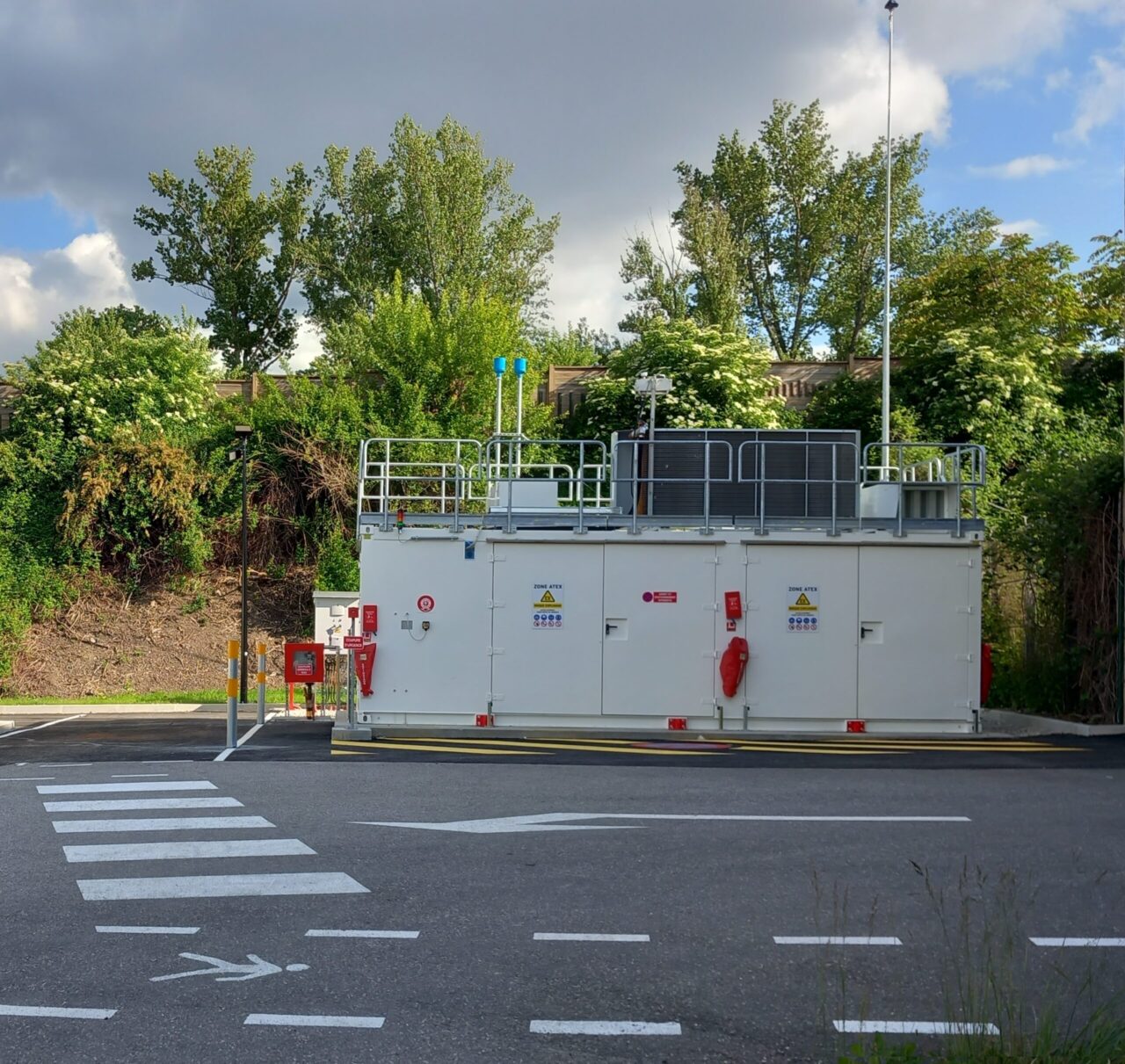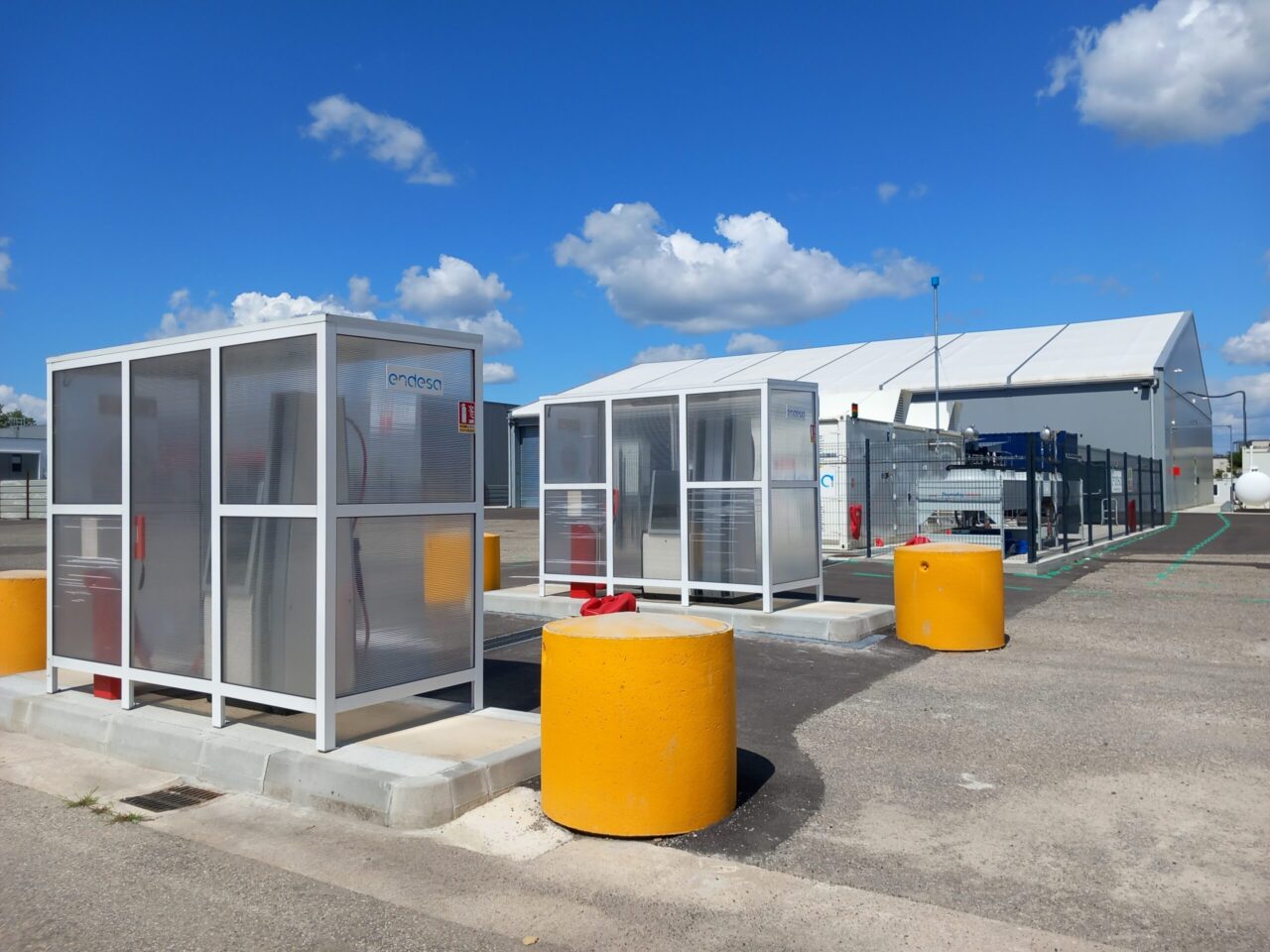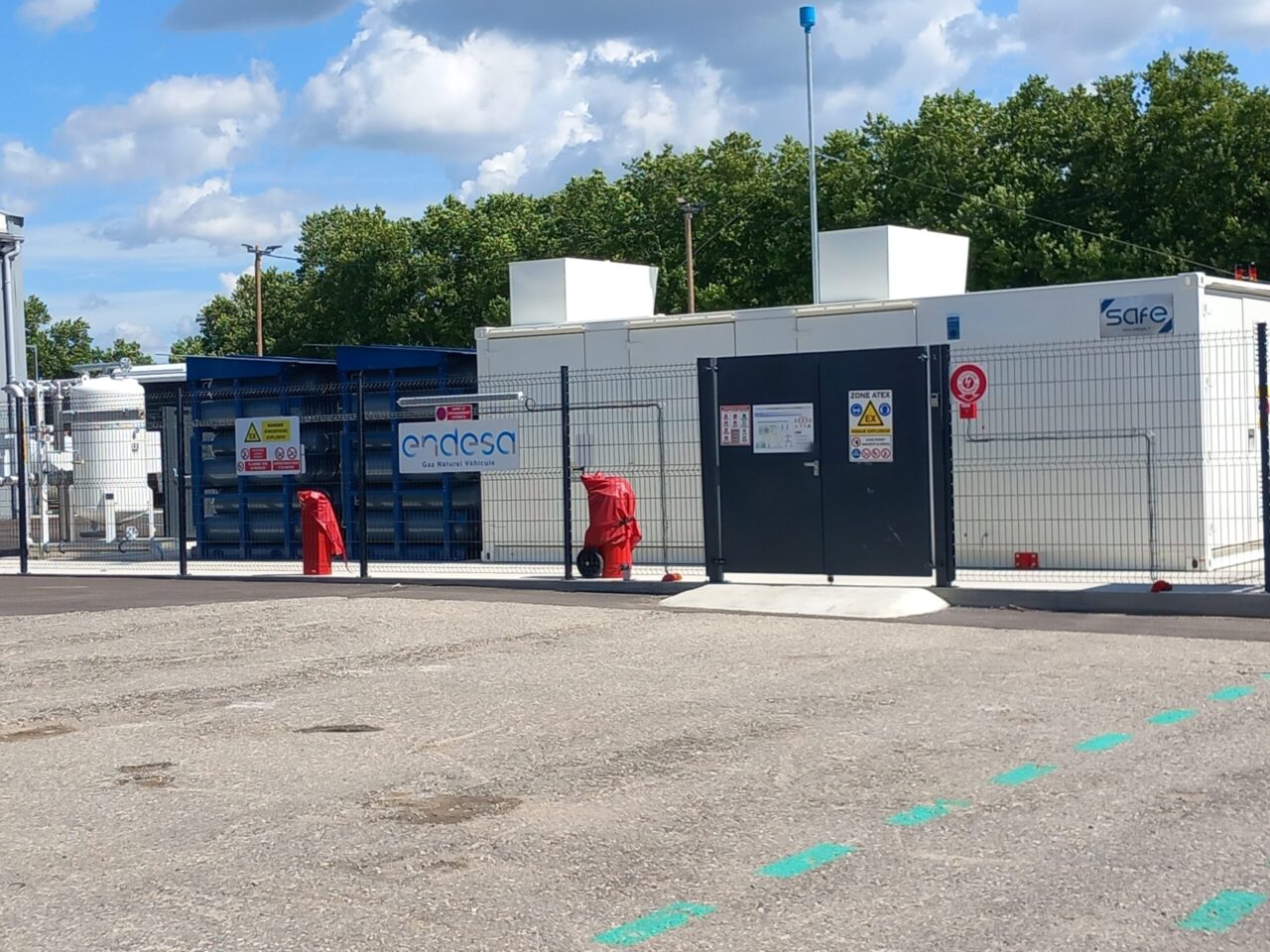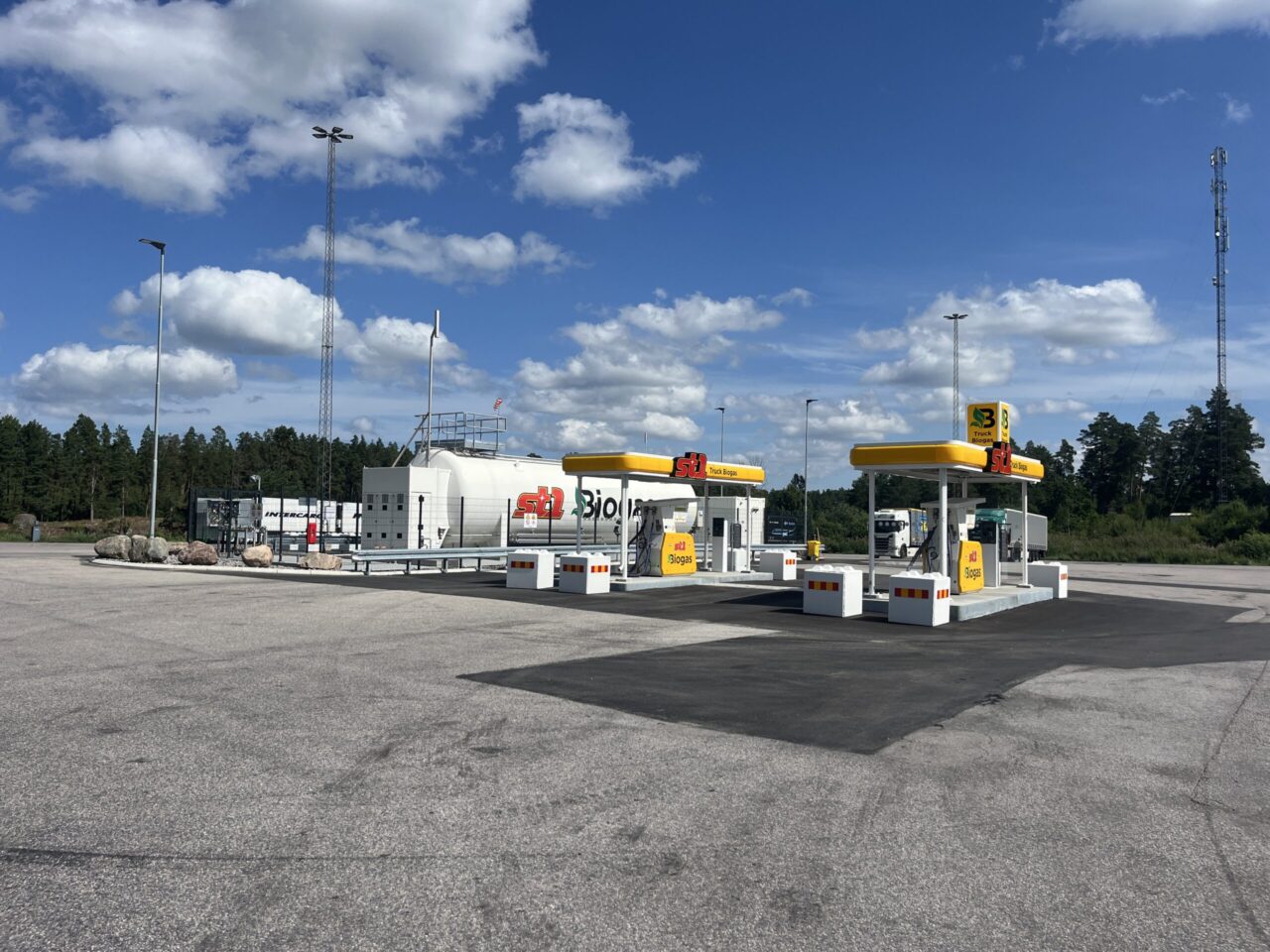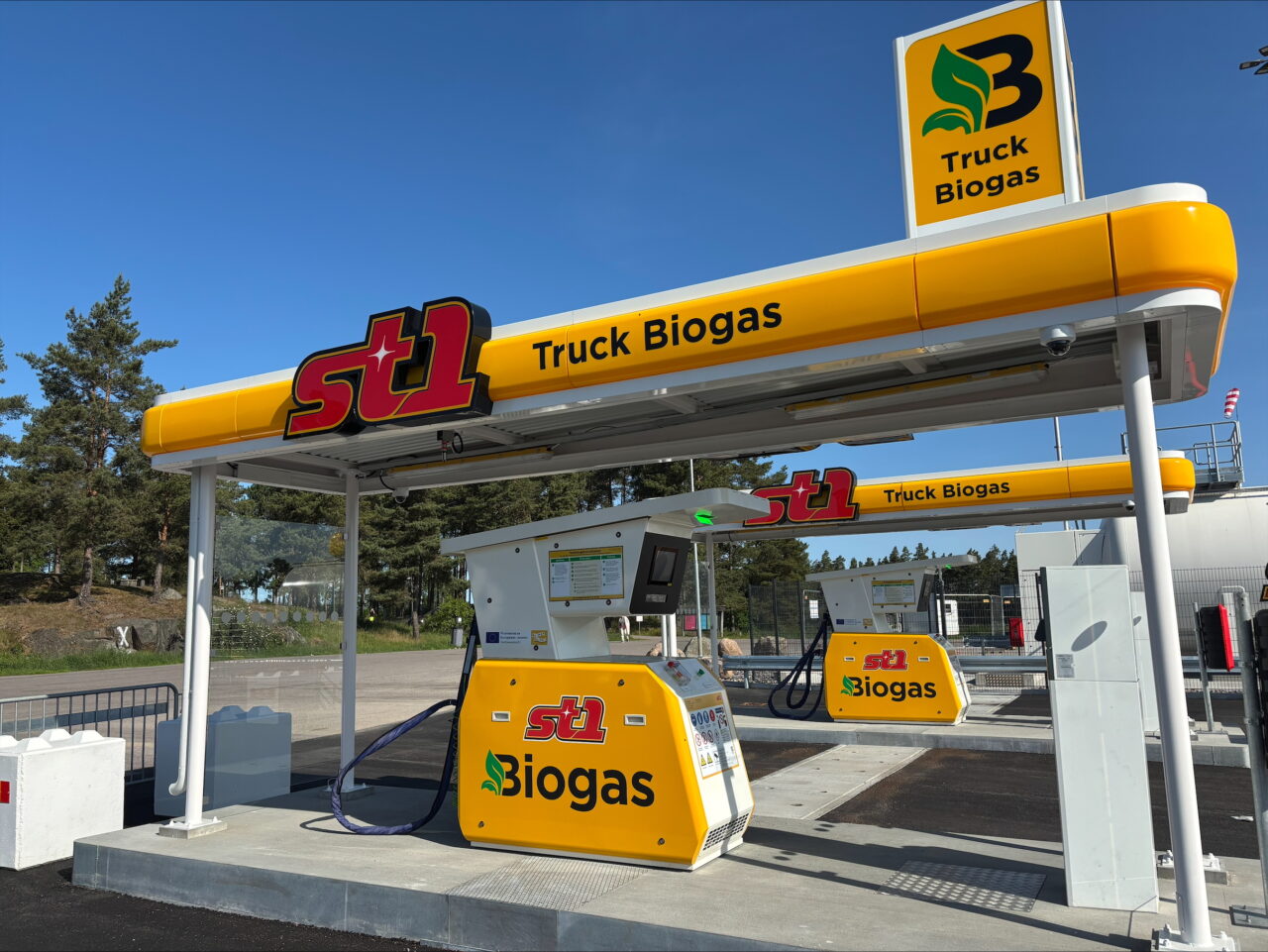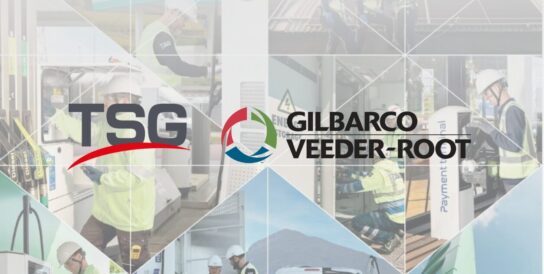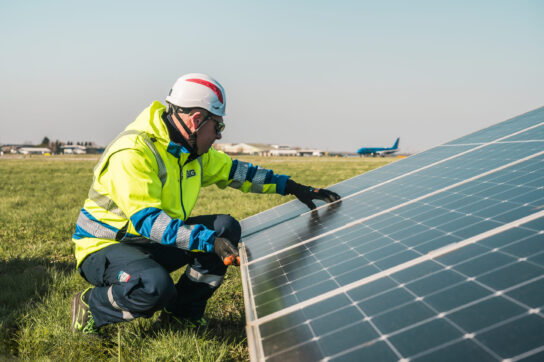In the ongoing shift toward cleaner mobility, gas doesn’t often take center stage. Yet it powers thousands of vehicles across Europe, from municipal waste trucks to intercity buses and last-mile delivery fleets.
In the aftermath of the 2022 energy crisis and the sharp increase in gas prices following the war in Ukraine, many questioned the long-term viability of gas as an energy source. Yet for mobility, the equation remains different. Fleet operators and local authorities continue to turn to gas because of its operational reliability, mature infrastructure, and immediate deployability. In this context, gas is being re-evaluated not as a transitional fuel, but as a practical component of a resilient energy mix.
Its discreet presence might suggest a simple solution, but the reality is far more complex. Every molecule comes with its own constraints, and every site demands tailored design. The challenge lies in turning this diversity into reliable infrastructure and that’s where expertise makes the difference.
At TSG, this complexity is business as usual. With over 350 dedicated experts and gas operations in multiple European countries, the Group approaches gas for mobility not as a niche — but as a fully integrated pillar of its multi-energy strategy.
Gas, plural by nature… and by design
Most people speak of “gas” as if it were a single solution. In practice, the term covers a family of molecules — each with distinct characteristics and technical implications. Compressed Natural Gas (CNG), transported via pipeline and stored on-site under pressure, is particularly suited to urban applications like city buses, refuse trucks and delivery fleets. Liquefied Natural Gas (LNG), cooled to -162°C and stored in cryogenic tanks, provides the range required for long-haul transport across areas with limited pipeline access. Liquefied Petroleum Gas (LPG), first gas molecule to be used for mobility at the end of 20th century and still predominant in regional markets where it remains prevalent, offers compact and flexible configurations for specific fleet types. Across all formats, biogas is emerging as a low-carbon alternative, compatible with existing infrastructure and increasingly injected into national grids.
Hydrogen is also part of this gas ecosystem and more and more part of the public conversation. As a high-pressure molecule (up to 700 bar), it requires purpose-built infrastructure and advanced safety engineering. While still at an early stage in its deployment, hydrogen is gaining momentum across Europe, particularly for heavy-duty and captive fleets. TSG is maintaining more than 20 hydrogen stations and is continuing to invest in the skills and partnerships required to scale up. For TSG, hydrogen is not a distant promise, it’s a technology in motion, embedded in a pragmatic, multi-energy approach.
What ties these solutions together is not the molecule itself, but the ability to design and operate infrastructure that fits the constraints of each. Depending on the site, a station may require underground pipework, high-pressure compression, LNG vaporisation, thermal insulation, dual-distribution lanes, real-time monitoring systems or safety zoning adapted to local regulations. No two projects are the same — and that’s exactly where TSG brings value.
Biogas: a quiet revolution within existing systems
Perhaps the most promising evolution of all lies in the molecule itself. In France, biogas already represents 40% of injected volumes. In parts of Scandinavia, it reaches 100%. Because it relies on the same infrastructure as fossil gas, it allows operators to decarbonise without changing vehicles, routines, or refueling habits.
TSG’s stations are ready by design: they can support biomethane from day one, with origin guarantees and performance monitoring embedded into the system. For fleet operators, that means accelerating transition — without operational friction.
One Group, multiple molecules and one standard of execution
Beyond technical capability, what sets TSG apart is its ability to deliver consistent service across borders and molecules. Whether the job involves LNG storage and vaporisation, CNG compression at 435 Nm³/h, or dual-mode hydrogen dispensers, the Group relies on a structured network of certified technicians, trained internally and externally to meet evolving standards.
Thanks to a proven approach to knowledge transfer and cross-border collaboration, TSG ensures that every site, from France to Scandinavia, benefits from consistent standards and field-proven practices.
Each station deployment draws on a mix of central engineering, local execution and OEM partnerships. The result: turnkey projects that meet both safety expectations and business timelines, from feasibility to commissioning — to long-term maintenance.
The numbers speak for themselves: more than 6,000 LPG units maintained, over 1,000 active CNG stations, around 10% of Europe’s LNG mobility sites under TSG’s care, and nearly 20 hydrogen stations under maintenance across the continent — with more in development.
Custom infrastructure, tailored to real operational needs
When Keolis and SYTRAL Mobilités needed a private refueling station for their CNG bus fleet in Saint-Priest (Lyon), TSG delivered a fully custom-built site, from underground networks to compression systems. The facility includes dual high-capacity compressors, noise-insulated housing, remote supervision tools and a layout optimised for fleet rotation.

A similar approach was taken in Saint-Étienne, where the station supports mutualised access between the city’s fleet and third-party users. From civil works to transaction terminals, every component was selected and installed to match the usage scenario, not the other way around.
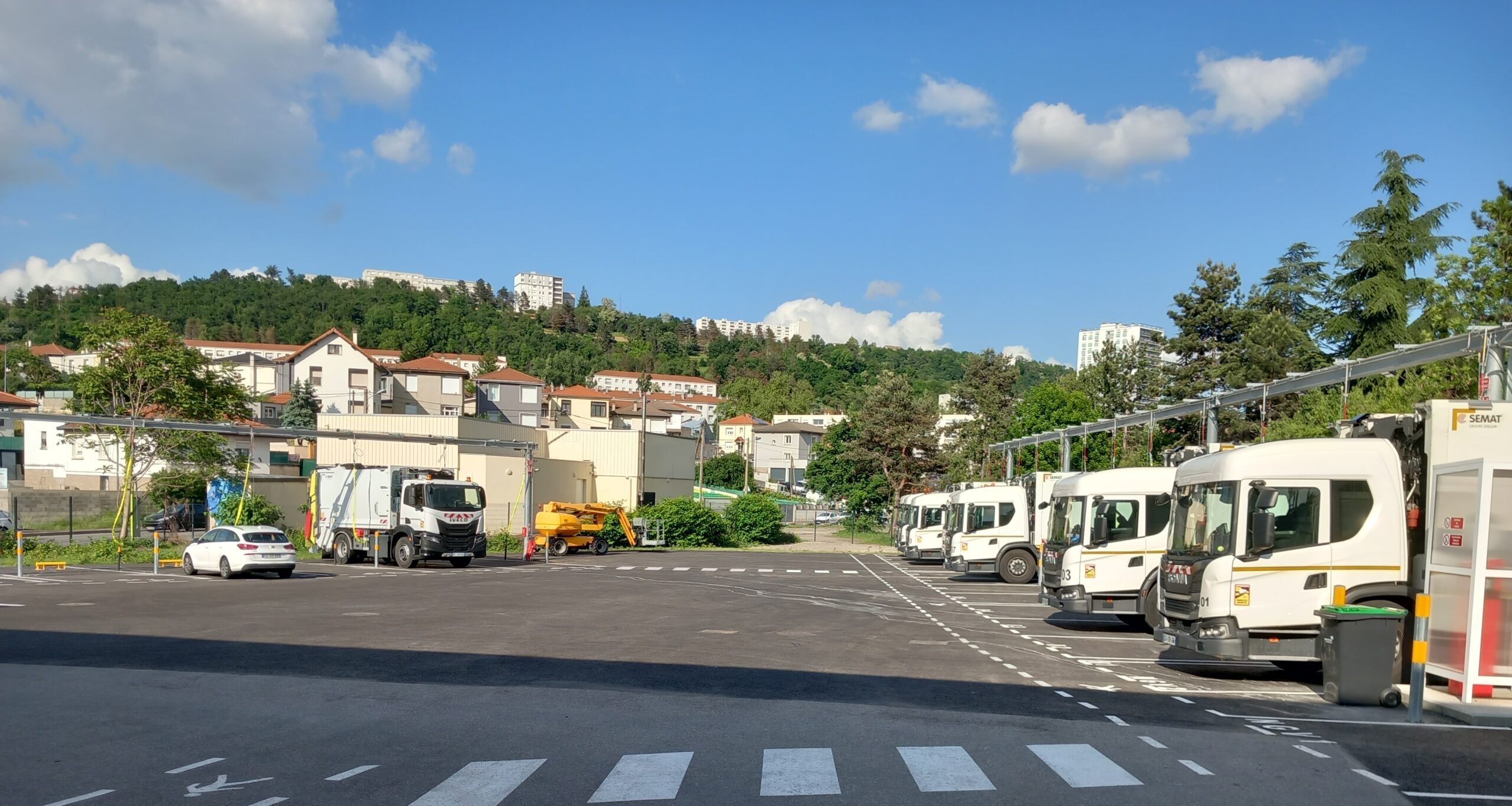
In Scandinavia, the same principle applies, but with different molecules. In Sweden, TSG contributed to St1’s first liquefied biogas station, providing installation services and system integration. The project reflects a broader expansion with the goal of establishing a network of over 50 LBG refueling stations across Finland, Sweden and Norway by the end of 2028 and shows how biogas can be scaled through industrial deployment standards.

The quiet force of functional energy
For cities, logistics groups or waste operators, gas technologies offer proven answers to immediate operational needs. And as the energy transition accelerates, the value of pragmatic, functional solutions only increases.
While electricity attracts increasing investment and attention, gas continues to play a crucial and complementary role in the energy mix. It answers use cases where autonomy, refueling speed or infrastructure maturity remain decisive factors. The technologies are proven, the networks exist, and the serviceability is high.
For TSG, gas is not a fallback. It’s a configurable, high-performance lever — one that integrates naturally alongside electricity in a multi-energy approach. And when deployed with precision, it becomes a fully operational tool for responsible and resilient mobility.
TSG’s expertise across the full gas value chain — from LPG to hydrogen — strengthens its ability to offer resilient, scalable and ready-to-operate solutions. In an environment where energy diversity is key to resilience, gas is not yesterday’s energy: it’s a vital piece of the multi-energy puzzle.
